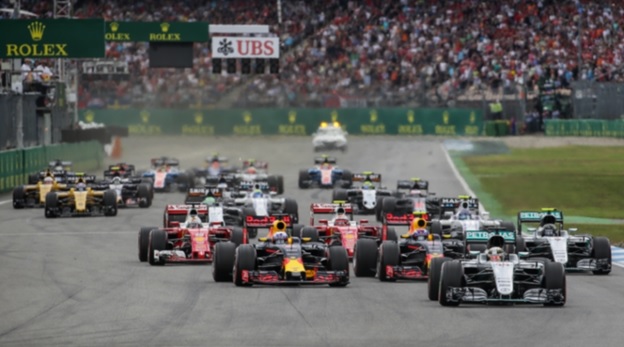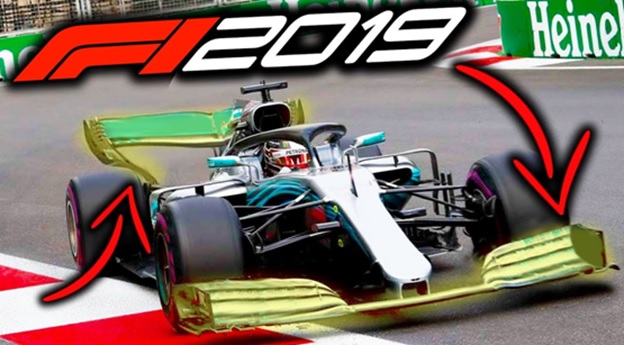Liberty Media and the FIA intend to propose a completely renovated regulation, to allow the cars to fight wheel against wheel in 2021.
In 2019, the FIA will announce more changes to the regulations in the front wings in particular. 2019 F1’s front wings will increase in width to 2,000mm – the same width as the car. The increase in width was agreed to balance the loss in downforce from removal of other parts of the wings.
However, today, the loss of support can be 40 or 50% – a phenomenon amplified by the progress of the performance of single-seaters.
Pat Symonds, technical director of Formula 1 and instructed with Ross Brawn to oversee these changes, sums up the philosophy of the project.
“The front wheels of an F1 can greatly disrupt the flow of air and the teams naturally want to deport these turbulences on the sides of the car, so that the flow of air is not disturbed on the rest of the car.” Symonds said.
“They do this by developing specific vortices at the front fins and brake scoops. If you look at the current front fins, there have been a lot of appendages and elements that have been designed to produce a vortex, to control that airflow.
“These aerodynamic disturbances can not be eliminated, but they can be mitigated. The intent of the new regulation is to reduce the disturbance of the front wheels by changing the shape and nature of the front wing and simplifying the brake scoops.
“All this will make the airflow follow a more natural direction on and around the car. The difference, on the bodywork, can be noticed, but only by those to whom nothing escapes.” Symonds added.

New rules for 2019 will help make it easier for F1 drivers to overtake. (Source:www.thesportrush.com)
Chase Carey, the sport’s chief executive in the Liberty Media era, admits Liberty is gearing up to make some more announcements about future.
“We will introduce a large list of the changes to the regulations in the coming weeks to further enhance the sport.” Carey said.
“We have made good progress with the teams, agreeing on the goals and objectives and now we need to work out the details as we finalise the agreements in the coming months. Carey added.
Williams’ technical director, Paddy Lowe, meanwhile, is aware that due to the aerodynamic progress logically expected next year, the result of the 2019 regulation should not be miraculous. However, he backed FIA projects.
“I was not a big fan of the 2017 regulation, which was a step backwards in terms of overtaking. Today, doing nothing would be a sign of the deterioration of the current situation since the teams will find more support thanks to their developments.” Lowe said.
“The FIA and the FOM were right to act and do something different for 2019 and 2020. I have every confidence in these technical choices, which, I think, will put us in the right direction.” he added.
















